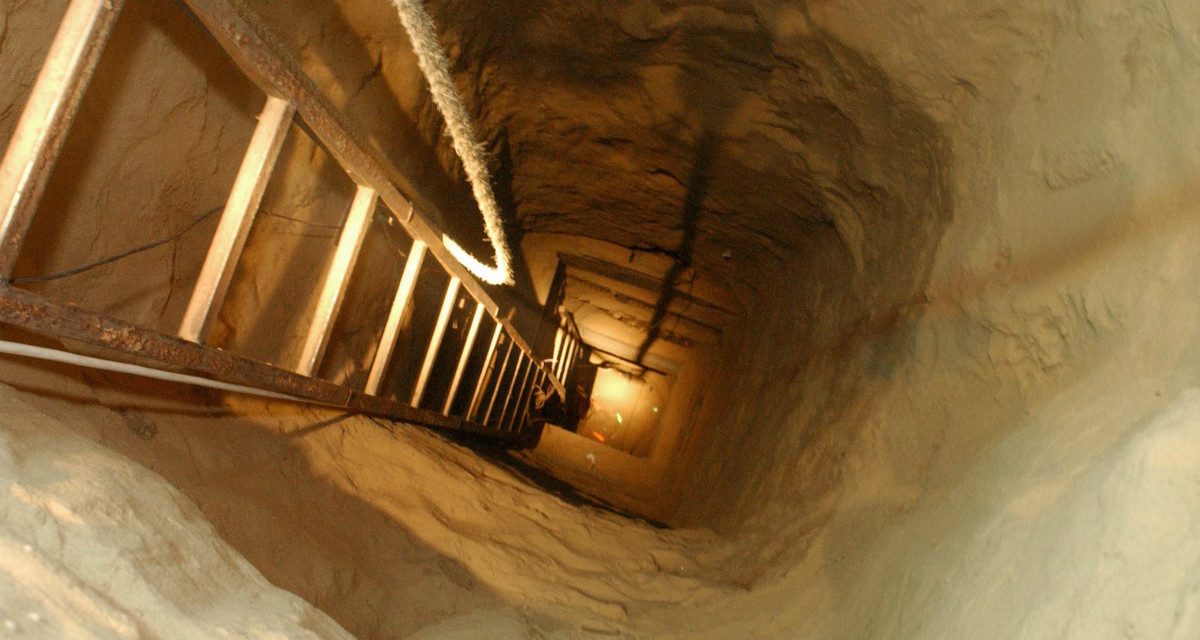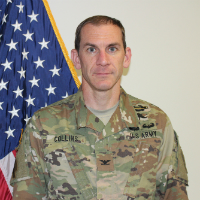On May 8, 2014, about three years into Syria’s civil war, anti-government forces prepared explosives—reportedly about twenty tons—in a freshly dug tunnel under the city of Aleppo. Above ground, Syrian soldiers in a hotel being used by the Syrian army were oblivious. The massive blast that followed killed approximately forty soldiers. It took only thirty-three days to dig the hundred-meter-long tunnel using hand tools.
Just five days later, rebels detonated another explosive-laden tunnel, this one 850 meters long and packed with sixty tons of explosives, killing twenty soldiers at a checkpoint on a Syrian military base. This tunnel took only fifty days to dig.
Two months later and about five hundred kilometers away, Israel launched a major combat operation into Gaza. Among Operation Protective Edge’s stated objectives was destroying an extensive network of tunnels. Hamas had spent years planning and preparing a broad underground warfare strategy with tactical to strategic objectives. Its members used tunnels to infiltrate Israel—in some cases wearing Israeli military uniforms—to conduct kidnappings and ambushes, move rockets and other weapons, and hide ammunition. Its tunnels were found under schools, mosques, hospitals and private housing in dense urban areas.
Subterranean warfare is not new. From Assyrian forces’ tunneling in the ninth century B.C. to sieges of the medieval era to the Vietnam War, underground terrain has been part of the battlefield. But it’s seeing a resurgence, as the Aleppo tunnel bombs, the Israel-Gaza conflict and even more recent examples from the battle for Mosul, Iraq, make clear. Yet, despite the increasing threat posed by subterranean warfare, the US Army remains largely unprepared—in terms of doctrine, training and equipment—for this environment.
This article is part of MWI’s “Dispatches” series, featured in ARMY Magazine. Read it in full here.
The views expressed in this article are those of the authors and do not reflect the official policy or position of the Department of the Army, Department of Defense, or the US government.
Image credit: Israel Defense Forces




>>Yet, despite the increasing threat posed by subterranean warfare, the US Army remains largely unprepared—in terms of doctrine, training and equipment—for this environment.<<
I wouldn't really say that's entirely true because there have been evolutionary advances in small armament that would prove helpful for subterranean warfare. In particular, Afghanistan and Iraq have taught the U.S. soldier to rely on explosives so we have the M320 grenade launcher which accepts and fires a wider variety of 40mm grenades over the M203, the Milktor multi-shot grenade launcher, the 84mm Carl Gustaf, M72 LAW, new shotguns, underbarrel M4 shotgun, new night vision goggles, LRAD, blinding lasers, 6.8mm new carbine and Next-Generation machine gun, and a whole range of other new armaments that weren't available in Afghanistan and Iraq. Body armor improvements also helped as does new miniature drones such as the FLIR Black Hornet, Switchblade, and others that can travel down a long deep dark tunnel.